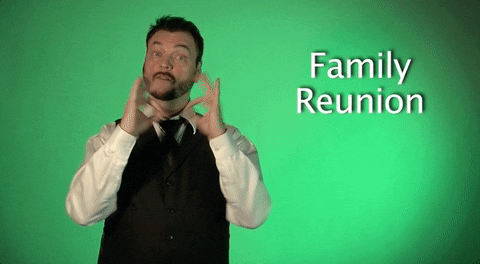
According to Divorce Statistics, 2% to 3% of all children are born out of infidelity and most of these children are unknowingly raised by men who are not their biological fathers.
These days, with the availability of so many DNA websites like 23andMe and Ancestry, a lot of people are discovering things that maybe they didn't really want.
A viral post on the askReddit forum asked how these new websites have affected families — "People whose families have been destroyed by 23andme and other DNA sequencing services, what went down?"
Here are the best responses to the question:
1. Finding family
“I’ve been searching for my father my whole life and through 23andme I just found a half-brother, finally answering the question. Our father is unfortunately passed, but we’re meeting in person in April.
A couple weeks after we found each other we were also contacted by another half-sister.”
2. Inconclusive
3. What are the chances?
4. He didn’t know
From Your Site Articles
- Coworkers who became quick friends are shocked to discover they're actually sisters - Upworthy ›
- A young boy has an emotional reaction to learning he has a half sister. - Upworthy ›
- 5 years ago, a landmark study found weird evidence that a stressful childhood affects you forever. - Upworthy ›
- A young boy has an emotional reaction to learning he has a half sister. - Upworthy ›
- Christine from 'Sister Wives' needs dating advice - Upworthy ›
- Christine from 'Sister Wives' needs dating advice - Upworthy ›
- Woman DNA tests adopted child - Upworthy ›
- Woman asks her best friend for a paternity test - Upworthy ›
- People reveal the reasons they cheated. It's eye opening. - Upworthy ›
- Grandmother secretly DNA tests granddaughter - Upworthy ›
- Man divorces wife that cheated 20 years ago - Upworthy ›
- Mom notices the boy she adopted looks a lot like her biological son, so she gets a DNA test - Upworthy ›


